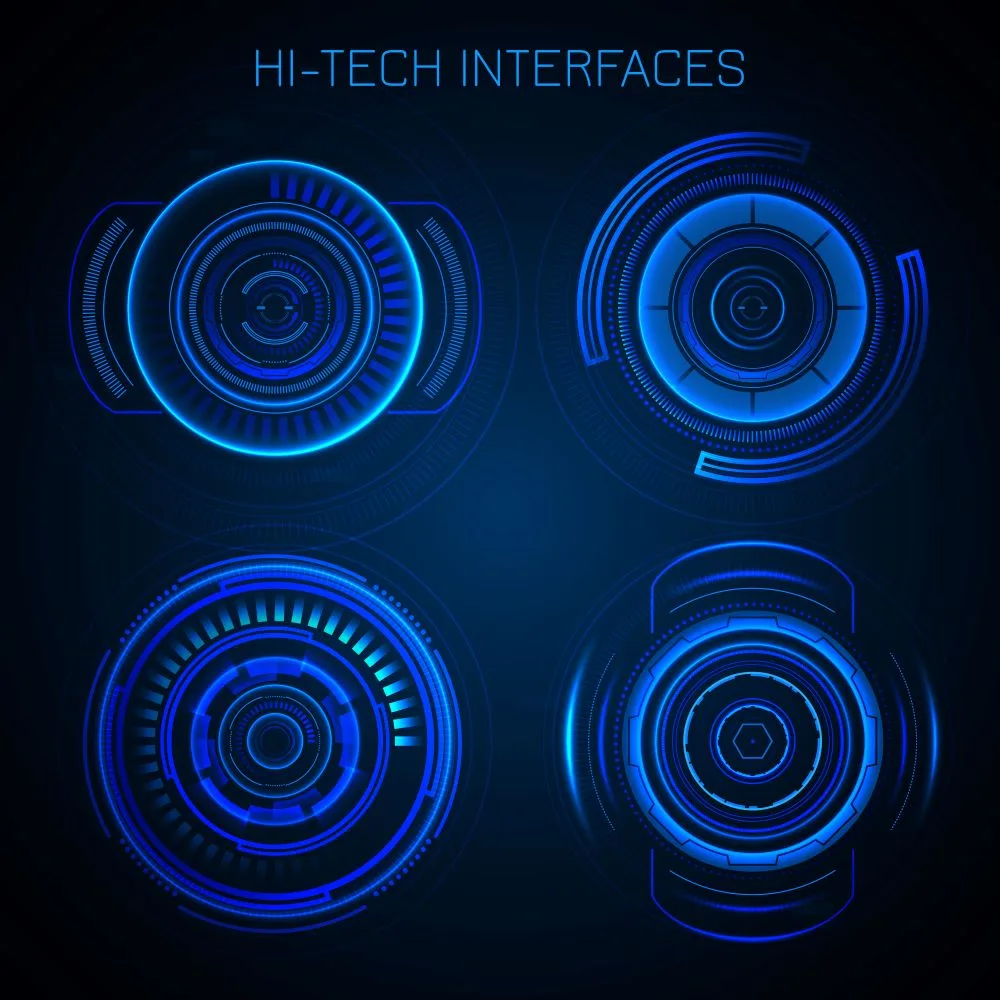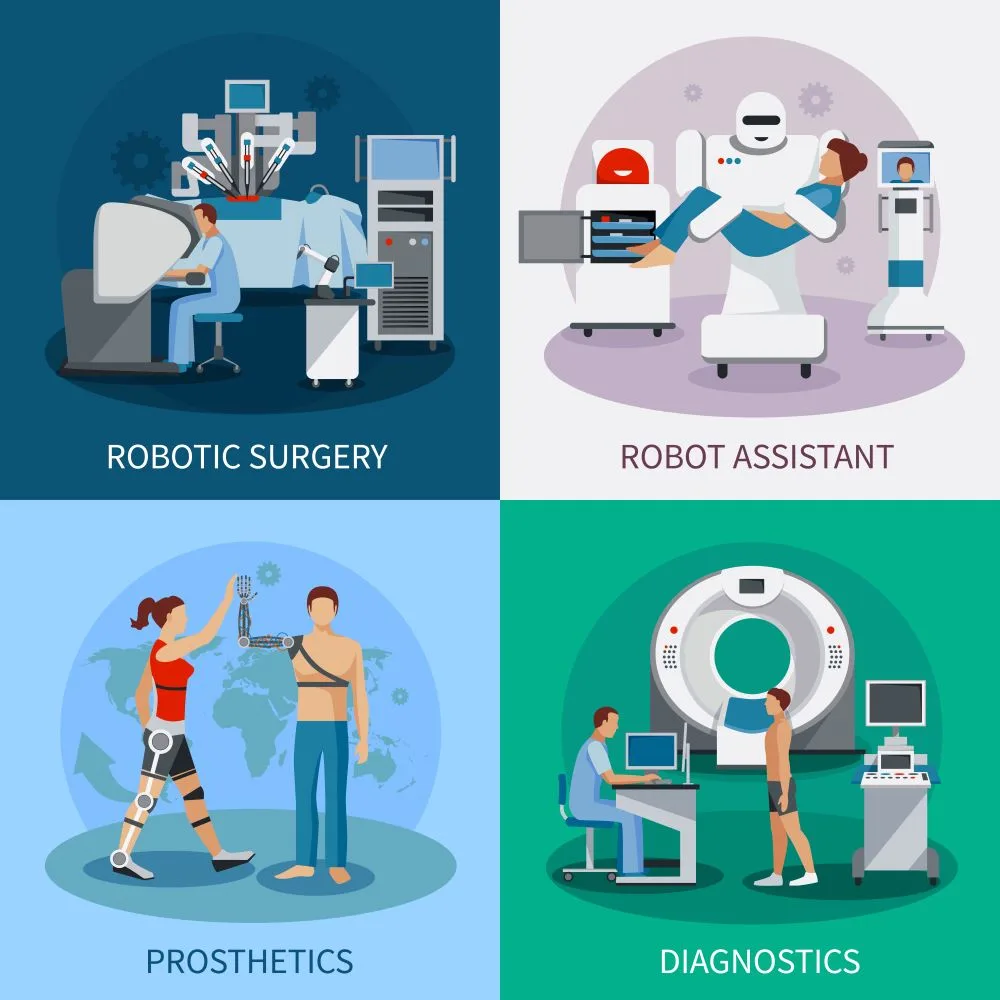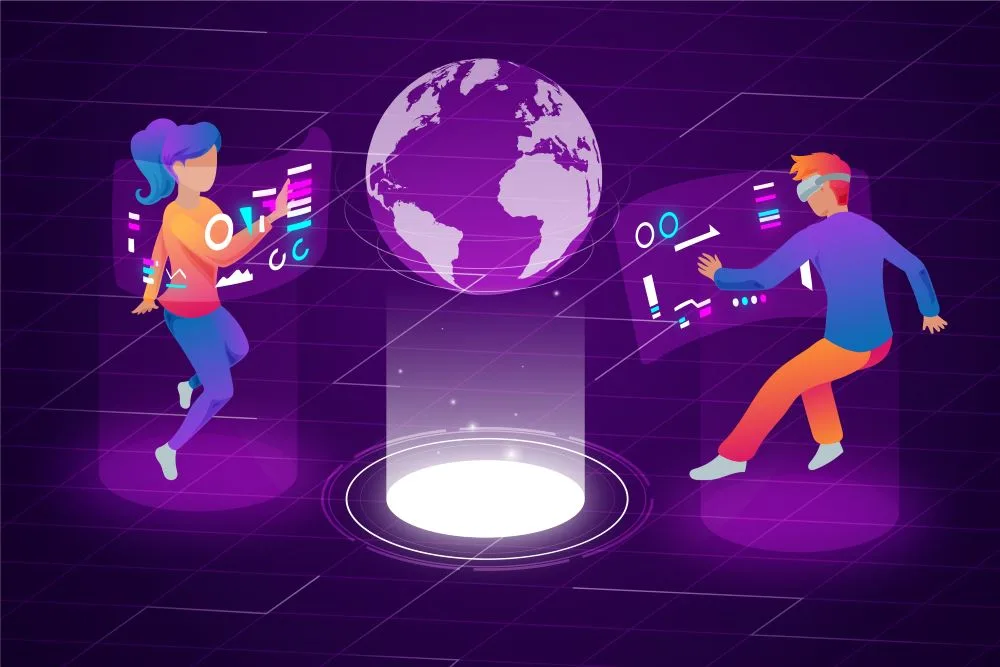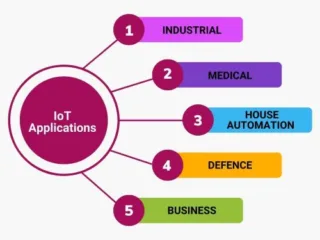Have you ever imagined feeling sensations and vibrations while reacting to WhatsApp messages? Well, it’s possible soon, thanks to the Haptics or Haptics technology! Not only WhatsApp but the whole world is gearing up for this magical trend. According to the latest estimate, the market size of haptics will reach $7,523.18 million between 2023 and 2027.
Haptics applies touch senses while being in the physical or virtual world. Computer-based programs make virtual interaction possible, whereas teleoperation (operation from a specific distance) facilitates physical interaction. These interactions exist due to actuators employed in haptic devices and are known as haptic feedback. COVID-19 has already demonstrated the potential of working from a distance. Now, giving quick responses to boost different kinds of operations is not a big deal. Haptics technology comprises electromechanical design, testing, computer science, ergonomics, and many other attributes.
What is haptics technology?
As previously stated, haptics induces touch sensation with the help of Haptic interfaces. These interfaces are available in various applications such as medical, wearables, surgical, entertainment, prosthetics, robotics, etc. Moreover, haptics can form 3D faces, radiological cross-sections, and research processes. These devices provide force and torque feedback through a Human-Machine Interface (HMI). This can be done in a real environment or through a computer program. Either way, the haptic device lets the user interact with objects naturally. Haptic devices offer several advantages in remote collaboration, including bidirectional and symmetrical interaction capabilities. These characteristics make haptic technology valuable for providing real-time feedback in several settings.
Three models of haptics technologies are human haptics, machine haptics, and computer haptics. Human haptics is used when an object is touched by an operator. Interaction forces are imposed on the skin, and the sensory systems send information to the brain. The brain then provides commands that activate the muscles, resulting in hand or arm movement. Machine haptics utilizes machines to provide tactile feedback or create the sensation of touch. It can be done autonomously, through telerobotics, or using haptic interfaces. It involves measuring positions or contact forces, processing that information, and then displaying position and force data to the user.
As computer haptics has grown more apparent over the years, researchers have searched for ways to create a sense of touch and feel for virtual objects. It involves creating algorithms and software architectures to generate forces and torques that provide a sense of touch. However, computer graphics alone are unable to provide manual feedback. As a result, people interacting with virtual environments often use joysticks, robotic arms, or actuation systems.
Various types of feedback exist, including force feedback, vibrotactile feedback, and electrotactile feedback. Most haptic devices operate based on force feedback and vibrotactile feedback. It’s crucial to consider how humans process haptic information and the emotional/psychological factors that can affect haptic feedback.
Different types of haptic feedback can create various sensations depending on the intensity and duration of the vibration. For example, some gaming controllers vibrate to generate a sense of realism during tense moments. However, there are some drawbacks to haptic interface design, such as limited workspace and low dexterity. While designing haptic interfaces, it’s vital to consider how the device feels and interacts with the user.

Refer to our article on how to build robots using two fundamental elements to learn more about sensors and actuators.
Haptic devices
Haptic devices are the tools that allow users to touch, feel and manipulate three-dimensional objects in virtual environments. These devices track a user’s physical manipulations (input) and provide synchronized realistic touch sensations (output).
A haptic system typically includes sensor(s), actuator (motor) control circuitry, one or more actuators that either vibrate or exert force, real-time algorithms (actuator control software), a haptic effect library, and an application programming interface (API).
The Immersion API program calls the actuator into an operating system. When the user interacts with controls like buttons, touch screens, levers, joystick/wheels, etc., this control position information is sent to the OS that sends the play command through the control circuitry to the actuator.

How does Haptic work?
Haptic devices can provide a sense of touch to the operators while manipulating a virtual object or an actual object remotely through a teleoperation system. These devices comprise actuators, interface devices, and sensors. Actuators create the sensation of touch, interface devices allow users to interact with the device, and sensors pick up on changes in temperature, pressure, force, etc. Haptic devices can provide tactile feedback (also known as cutaneous feedback), kinesthetic feedback, and in some cases, thermal feedback as well. This feedback is a form of sensory feedback that uses the sense of touch.
Unlike other forms, such as visual or auditory feedback, haptic feedback is not based on surface receptors. Instead, it relies on sensors that are located in muscles and joints. This type of feedback is usually two-way, with the operator moving the haptic device and the sensors providing motion commands. The interaction force between the operator and the device can also be sensed and sent back to the haptic device. This allows the device to generate a force that can be applied to the operator’s hand, giving them a more immersive experience.
Applications of Haptics
Medical
Haptic devices are used in surgical operations, such as stitching, palpation, dental procedures, endoscopy, laparoscopy, and orthopedics. External suture environments like SutureHap have been developed to replicate the sensations in medical rooms and offices. This technology is growing in surgical operations, especially minimally invasive surgery (MIS), which is commonly used in conjunction with a robotic manipulator in a bilateral teleoperation fashion.

A teleoperation system was designed for use in medical simulations. The system includes a modified 6 degrees of freedom (DoFs) Denso VP-6242G with a serial mechanism and a PHANToM Premium 1.0 kinesthetic device. This study describes the development of head-mounted displays, AR interfaces, and a haptic device interface to create a realistic and efficient optometry training experience. In this platform, preoperative planning and a virtual training system were developed based on force feedback. With this system, surgeons can transfer preoperative planning data, perform surgical simulations to learn and improve their skills and carry out osteotomy procedures.
Pneumatic Artificial Muscles (PAMs) were proposed as a construction that would be light, convenient to form, and exhibit orthotropic material behavior. PAMs are also of interest for rehabilitation purposes because they can function as locomotion devices.
Rendering
Haptic rendering and visual rendering are two crucial components of virtual haptic systems. Haptic rendering calculates the haptic force, while visual rendering lets us see the interaction between a virtual object and the user. VR and AR systems typically include head-mounted displays, accelerometers, loudspeakers, and other elements that create a computer-based environment for users to interact with each other. However, audio and video aren’t the only sensory systems being used in VR and AR technology.
There is also a growing trend of using skin-based sensory systems, which provide an enhanced experience in applications such as entertainment and medicine. Wireless modes of operation are also possible with the help of small, lightweight epidermal VR systems. These systems are thin, soft architectures that can be mounted onto the skin and programmed for haptic operations. Three VR gadgets were built:
- Hand avatar: Simulates the hand motion
- LeapMotion: Follows the movement of fingertips
- Wearable tactile device: provides pressure stimuli
Rendering can influence the interaction between physical and virtual surroundings by analyzing texture differences.
Another device called SlingDrone, based on 3D printing was presented. It offered forced feedback as per the trajectory planning. Wearable gadgets allow information from:
- Tactile perception, such as vibrations
- Kinesthetic perception (movements)
Refer to our article, watch Out for 6 industries leading with Metaverse if you want to know about the combination of AR and VR.

Robotics
Robotics with advanced skills, preciseness, and ergonomics were designed for surgical purposes. For example, a master–slave teleoperation system carries out surgical operations by remotely controlling the slave device, which consists of multiple arms. Similarly, a Cable-Driven Parallel Robot (CDPR) teleoperation system provides haptic feedback and guidance when carrying out gait training or other exercises. A great deal of design and development goes into various teleoperation systems. Two stylus arrangements were invented to provide force outputs for the CombX haptic device.
Some examples of haptic devices are the Cobotic hand controller, DELTA-R, CU parallel haptic device, and VirtuaPower. It is necessary to have multipoint, multi-contact haptic feedback in these systems. Fingertip devices can be used to realize forces on human emails, showing that wearable devices have great potential for use in robotic manipulation systems in bilateral teleoperation. To study and investigate neural mechanisms for precision grasp control, an fMRI-compatible haptic device was proposed. This device uses an electromagnetic actuation system to control the haptic interface.
Read more, 8 interesting facts about the gaming industry.
Slow adoption of haptics
When developing virtual workstations, consider creating a realistic and effective simulation. These include the forces applied to objects, probe detection in the virtual environment, and the size of the virtual environment. In many cases, the force applied by the user is not equal to the output force incident on the virtual objects, which can pose a challenge when incorporating haptic devices into virtual simulators. Additionally, it can be difficult for operators to detect the probe in the virtual environment.
To minimize error, surgeons often practice a particular surgery multiple times. Another important consideration when using haptic devices in medical training is patient safety. It mainly depends on error minimization and minimal bleeding. So far, only a mere representation of the real workstation has been achieved. To increase the usage of haptic devices in medical practices, it’s necessary to develop simulators that provide in-depth feedback and allow users to record sessions.



